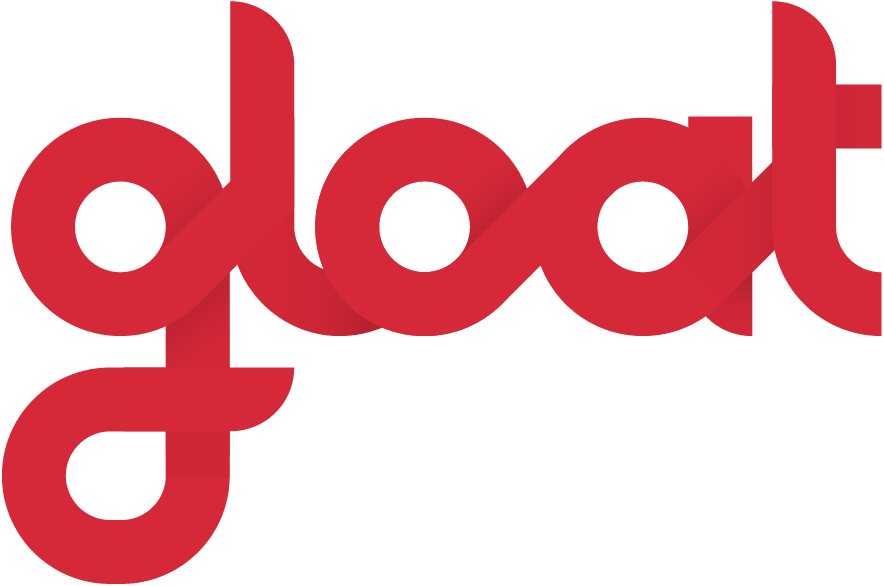AI Headcount Optimization: Smarter Workforce Planning with AI
How AI transforms workforce planning from reactive guesswork into data-driven strategy

The workforce planning landscape has reached a critical inflection point. While organizations pour resources into strategic workforce initiatives, many struggle to answer fundamental questions: Do we have the right number of people? Are they in the right roles? When should we hire, redeploy, or restructure?
Traditional headcount planning relies on historical trends, manager intuition, and annual planning cycles that feel outdated the moment they’re finalized. Meanwhile, business conditions shift rapidly, skills requirements evolve, and the cost of miscalculating workforce needs compounds daily. This is where AI headcount optimization can transform workforce planning from reactive guesswork into proactive strategy.
What is AI Headcount Optimization?
AI headcount optimization uses artificial intelligence and machine learning to analyze workforce data, predict future needs, and recommend optimal staffing decisions across the organization. Rather than relying solely on historical headcount trends and manual forecasting, AI-powered systems process vast amounts of data—including skills inventories, project demands, attrition patterns, business performance metrics, and market conditions—to generate precise, dynamic workforce recommendations.
The main difference between traditional headcount optimization and AI headcount optimization is automation and predictive capability. Traditional methods rely on spreadsheet models, historical hiring patterns, and departmental estimates that require weeks to compile and quickly become obsolete. AI-based optimization uses machine learning to continuously analyze real-time workforce signals, identify patterns humans might miss, and generate scenarios that adapt as conditions change.
This shift from periodic planning exercises to continuous workforce intelligence enables organizations to move from asking “How many people do we need?” to answering “What combination of skills, deployment models, and timing will drive the greatest business impact?”
Benefits of AI for Headcount Planning
Organizations implementing AI headcount optimization unlock multiple layers of value that extend far beyond simple efficiency gains.
Cost Savings and Budget Optimization
AI headcount optimization identifies opportunities to redeploy existing talent before defaulting to external hiring, potentially saving organizations millions in recruitment and onboarding costs. Systems like Gloat Signal map work at the task level to reveal which roles could be filled through internal mobility and where automation could augment workers, helping leaders make evidence-based budget decisions. The platform visualizes which roles might retire, evolve, or grow in an AI-driven future, then creates pathways to strategically redeploy freed-up talent to where it’s needed most.
Improved Forecasting Accuracy
Traditional workforce forecasting often proves inaccurate, leading to costly overstaffing or critical talent shortages. AI dramatically improves accuracy by incorporating dozens of variables simultaneously: seasonal business patterns, project pipeline data, skills benchmarking, competitive hiring trends, and macroeconomic indicators. Gloat Signal pinpoints tasks with high-ROI automation potential, models the downstream impact of automating specific functions, and continuously refines forecasts to account for organization-specific patterns—allowing you to compare current and future role requirements to spot reskilling needs before they hit.
Enhanced Workforce Productivity
AI headcount optimization doesn’t just determine how many people you need; it identifies how to maximize the productivity of the people you have. McKinsey estimates that the long-term AI opportunity reaches $4.4 trillion in added productivity growth potential from corporate use cases. Gloat Mosaic puts organizations on the right path to unlock millions in previously untapped potential by helping employees break down goals into discrete tasks and matching them to the right mix of people, tech, and AI to maximize performance and productivity.
Strategic Resource Allocation
Rather than allocating headcount based on organizational hierarchy or political influence, AI enables truly strategic resource allocation aligned with business priorities. Gloat Signal exposes AI automation opportunities across roles and departments while prioritizing use cases by value and reach, ensuring your most valuable resource—human talent—flows to your highest-priority opportunities. Meanwhile, Gloat Ascend spotlights emerging roles and skills where demand is growing due to AI transformation, recommending personalized growth opportunities to keep people in sync with where the business is headed.
Real-Time Decision Making
Business doesn’t operate on annual planning cycles, and workforce decisions shouldn’t either. Gloat Mosaic enables real-time agility by allowing leaders to align work between people and AI as conditions change—breaking down goals into tasks, uncovering dependencies, and coordinating execution when opportunities arise. When economic headwinds require cost management, Signal allows you to model various workforce adjustments and calculate financial impact before implementation, ensuring organizations can adapt their staffing strategy immediately rather than months after the fact.
Key Use Cases and Examples
AI headcount optimization delivers value across diverse scenarios that traditional planning methods handle poorly.
Seasonal Demand Planning
Retail, hospitality, logistics, and many other industries face predictable seasonal fluctuations, yet often struggle with timing and scale of workforce adjustments. AI analyzes historical demand patterns, external factors like weather and economic conditions, and current business trends to recommend precise hiring timelines and headcount levels.
Project-Based Resource Allocation
Organizations running multiple concurrent projects frequently face resource allocation challenges: which projects get priority, who should be assigned where, and when should new hiring occur versus redeploying existing staff. AI evaluates project requirements, employee skills and availability, historical project performance data, and strategic priorities to recommend optimal resource allocation that maximizes delivery capability while minimizing costs.
Skills Gap Analysis and Planning
AI identifies not just headcount gaps but skills gaps, providing visibility into which capabilities your organization needs to build or acquire. By analyzing project requirements, emerging technology trends, competitive intelligence, and your current workforce capabilities, AI forecasts which skills will become critical and recommends whether to build through training, buy through hiring, or borrow through freelancers.
Cross-Department Optimization
Many organizations unknowingly maintain redundant capabilities across departments or experience severe imbalances, where some teams are overburdened while others have additional capacity that could be leveraged across the enterprise. AI provides enterprise-wide visibility, identifying opportunities to share resources, eliminate redundancies, and rebalance workload across organizational boundaries.
How Leading Organizations Use AI to Optimize Headcount
Future-built companies approach headcount optimization as a continuous strategic capability rather than an annual planning exercise. These organizations embed AI-powered workforce planning into regular business operations, enabling leaders at all levels to make workforce decisions with the same data-driven rigor they apply to financial and operational decisions.
They integrate workforce planning AI with financial systems, project management platforms, and skills ontologies to create comprehensive views of workforce supply, demand, and utilization. Rather than workforce planning happening in isolation within HR, these organizations enable business leaders to access workforce intelligence directly, running scenarios and understanding tradeoffs in real-time.
McKinsey research shows that up to 30 percent of current worked hours may potentially be replaced through automation by 2030, making strategic workforce planning critical for organizations navigating AI transformation. The most sophisticated implementations go beyond headcount numbers to optimize for workforce value: not just how many people, but which skills, at what cost, deployed in which combinations, to deliver maximum business impact.
Getting Started with AI Headcount Optimization
Implementing AI headcount optimization requires strategic thinking. A few steps to get started include:
#1. Assessing Your Current State
Begin by mapping your current workforce planning processes, data sources, and decision-making patterns. Where do planning breakdowns typically occur? Which workforce decisions create the most friction? What data exists but isn’t being used effectively? Understanding your current state creates the foundation for targeted AI implementation that addresses real pain points rather than theoretical possibilities.
#2. Building a Business Case
Quantify the cost of workforce planning inefficiencies: overstaffing expenses, missed opportunities due to understaffing, recruitment costs that could be avoided through better internal mobility, and productivity losses from suboptimal resource allocation. Most organizations discover that even modest improvements in workforce planning accuracy generate ROI measured in millions.
#3. Selecting the Right Solution
Evaluate solutions based on data integration capabilities, ease of use for business leaders (not just HR), scenario modeling functionality, and how well they complement your existing technology ecosystem.
Gloat Signal provides comprehensive workforce intelligence that maps actual work at the task level, identifies automation potential, and enables data-driven headcount decisions based on real workforce dynamics rather than organizational chart assumptions.
#4. Quick Wins and Pilot Programs
Rather than attempting enterprise-wide transformation immediately, identify high-value pilot opportunities: a department facing particularly complex resource allocation challenges, a business unit with seasonal demand volatility, or a strategic initiative where workforce optimization could accelerate results. These pilots build organizational confidence, refine implementation approaches, and generate compelling success stories that drive broader adoption.
Final Thoughts: Moving Toward Smarter Workforce Decisions
The workforce represents most organizations’ largest expense and most critical competitive advantage, yet workforce decisions often rely on instinct and outdated planning methods rather than the sophisticated analytics applied to other business functions. AI headcount optimization changes this dynamic, elevating workforce planning from administrative necessity to strategic capability. Organizations that embrace AI-powered workforce planning gain visibility into what’s actually happening across their workforce, predict future needs with unprecedented accuracy, and make resource allocation decisions that drive measurable business impact.
Ready to transform workforce planning from guesswork to strategic intelligence? Test drive Gloat Signal to discover how AI-powered insights can optimize your workforce investments and deliver measurable ROI.




